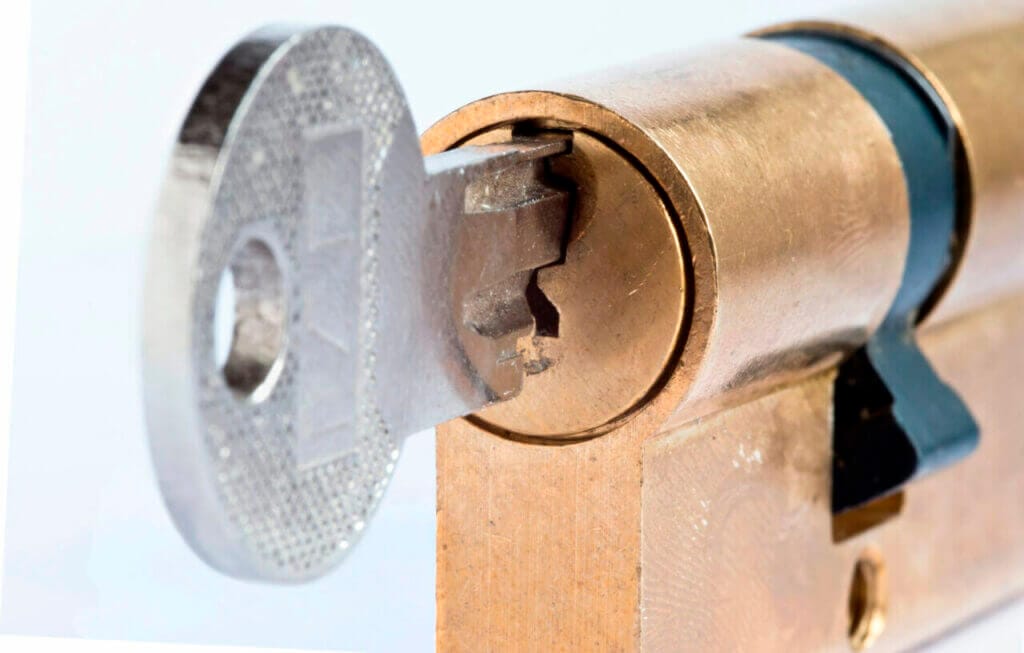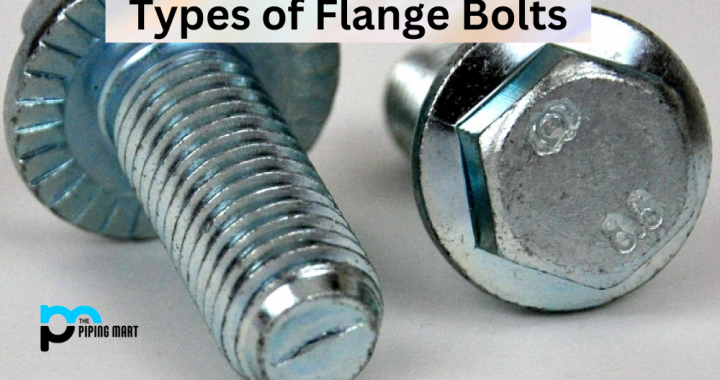In the dynamic world of DIY projects and construction endeavors, the power drill emerges as a vital tool, bringing efficiency and precision to tasks. Whether you’re a seasoned professional or a weekend enthusiast, understanding the intricacies of power drills is paramount. This article will delve into the nuances of power drills, unveiling their applications, answering common questions, and shedding light on their pivotal role in specialized industries like the installation of geomembranes.
Demystifying Power Drills: What defines them and how do they operate?
A power drill is a versatile handheld tool meticulously crafted for boring holes or driving screws into various materials. Its operational mechanism involves converting electrical power into rotary motion through an internal motor. This rotational force is then transmitted to a drill bit or screwdriver attachment, empowering users to execute a diverse range of tasks effortlessly.

Navigating Diversity: What are the different types of power drills available?
Power drills manifest in various types, each tailored to specific needs. Corded drills, drawing power from electrical outlets, excel in heavy-duty tasks. Conversely, cordless drills offer portability, relying on rechargeable batteries. Specialized variations like hammer drills for masonry work and impact drivers for efficient screw-driving add layers to the versatility of power drills.
Applications Unveiled: What are the key uses of power drills?
Power drills find applications in woodworking, metalworking, construction, and home improvement. They are indispensable for tasks such as drilling holes for screws, bolts, or dowels, as well as driving screws into different surfaces. Additionally, power drills play a crucial role in creating pilot holes, assembling furniture, and even crafting intricate designs.
Integration in Specialized Fields: How does a power drill contribute to geomembrane installation?
Geomembranes, impermeable barriers used in environmental and civil engineering projects, witness the impactful integration of power drills during installation. These drills streamline the attachment of geomembranes to surfaces, securing them to concrete structures or facilitating seamless joints. Equipped with suitable attachments, power drills ensure a secure and efficient installation process for geomembranes.
In conclusion, a power drill transcends its utilitarian identity, emerging as a versatile companion for individuals immersed in construction, woodworking, or DIY pursuits. Armed with insights into diverse types, applications, and relevance in industries like geomembrane installation, users can unlock the full potential of power drills, enhancing the efficiency and professionalism of their projects.
